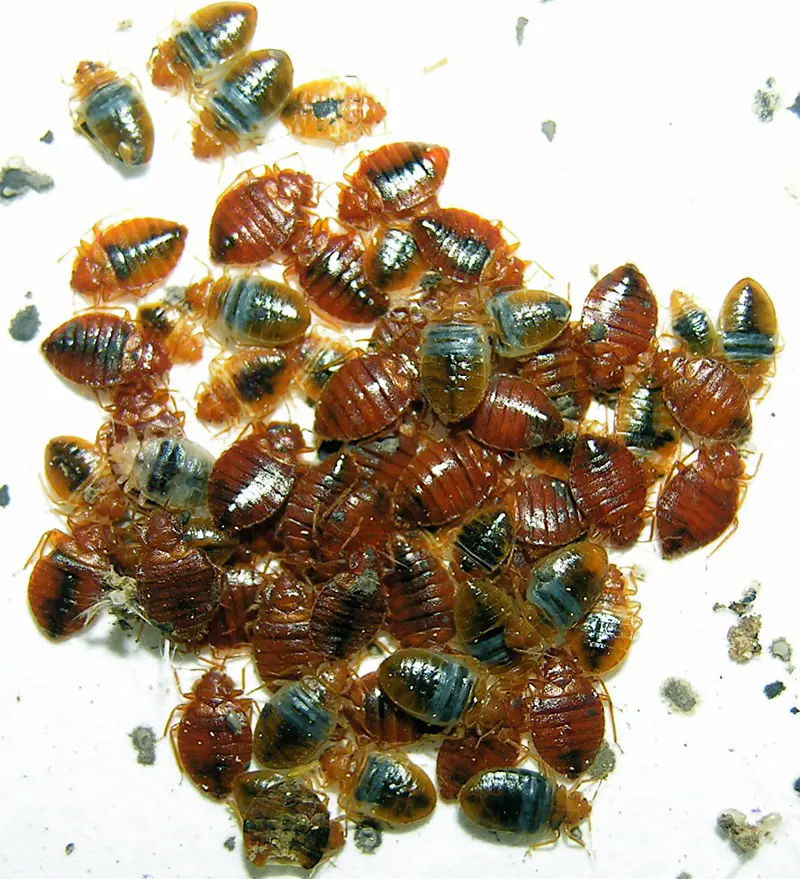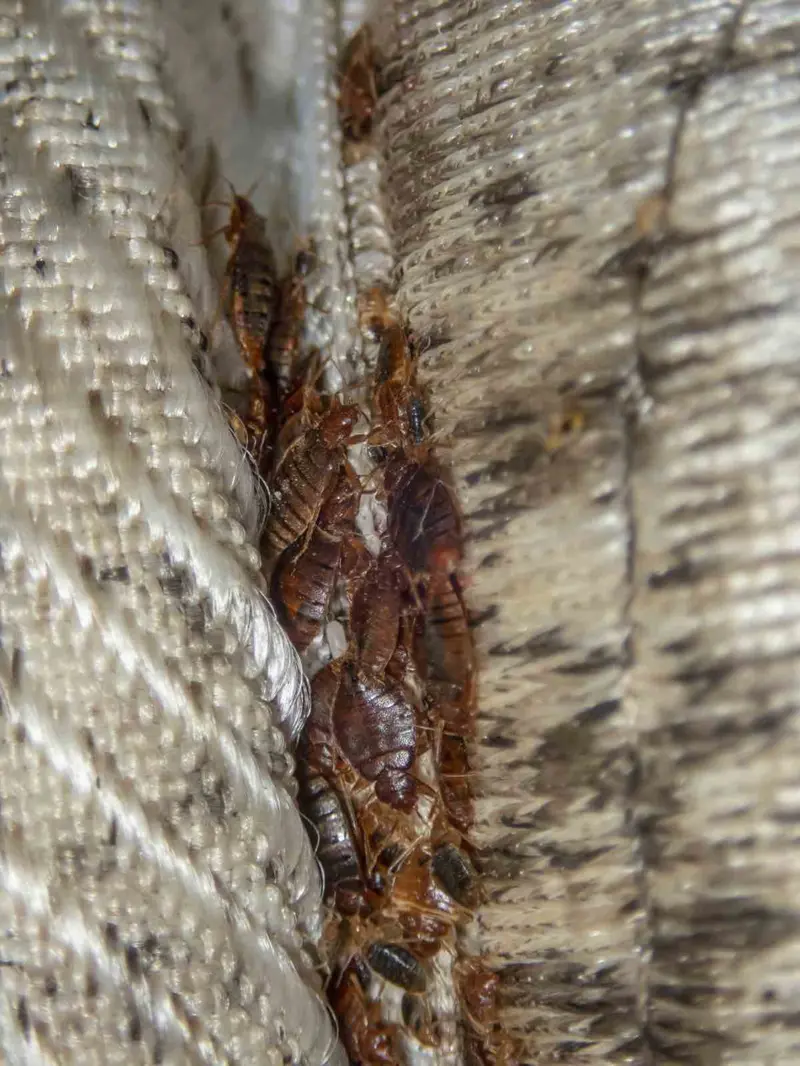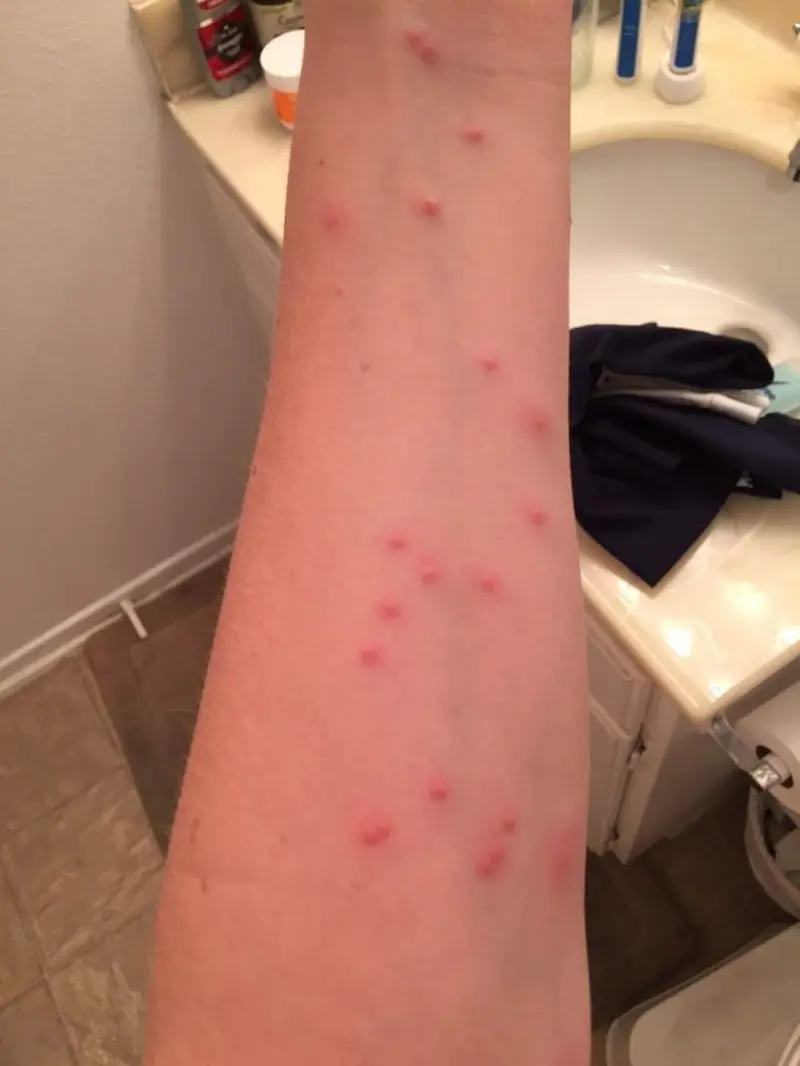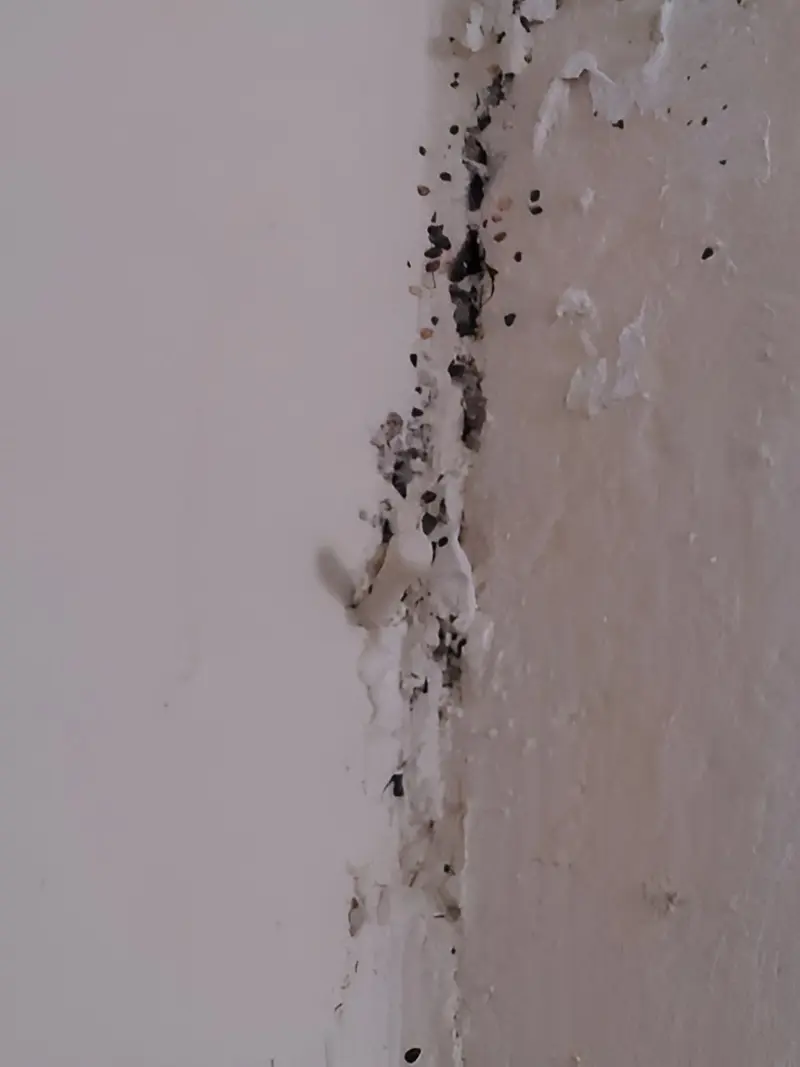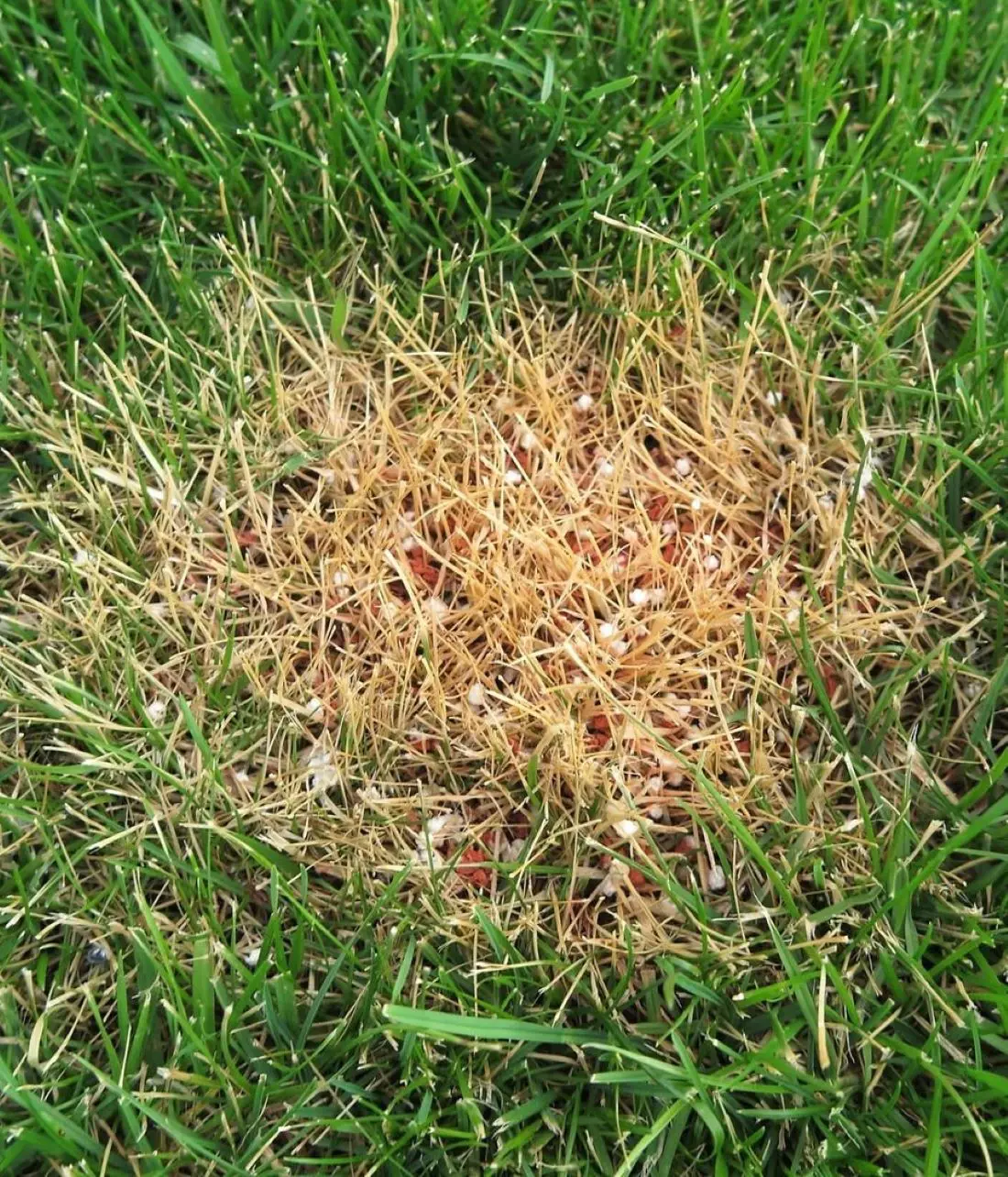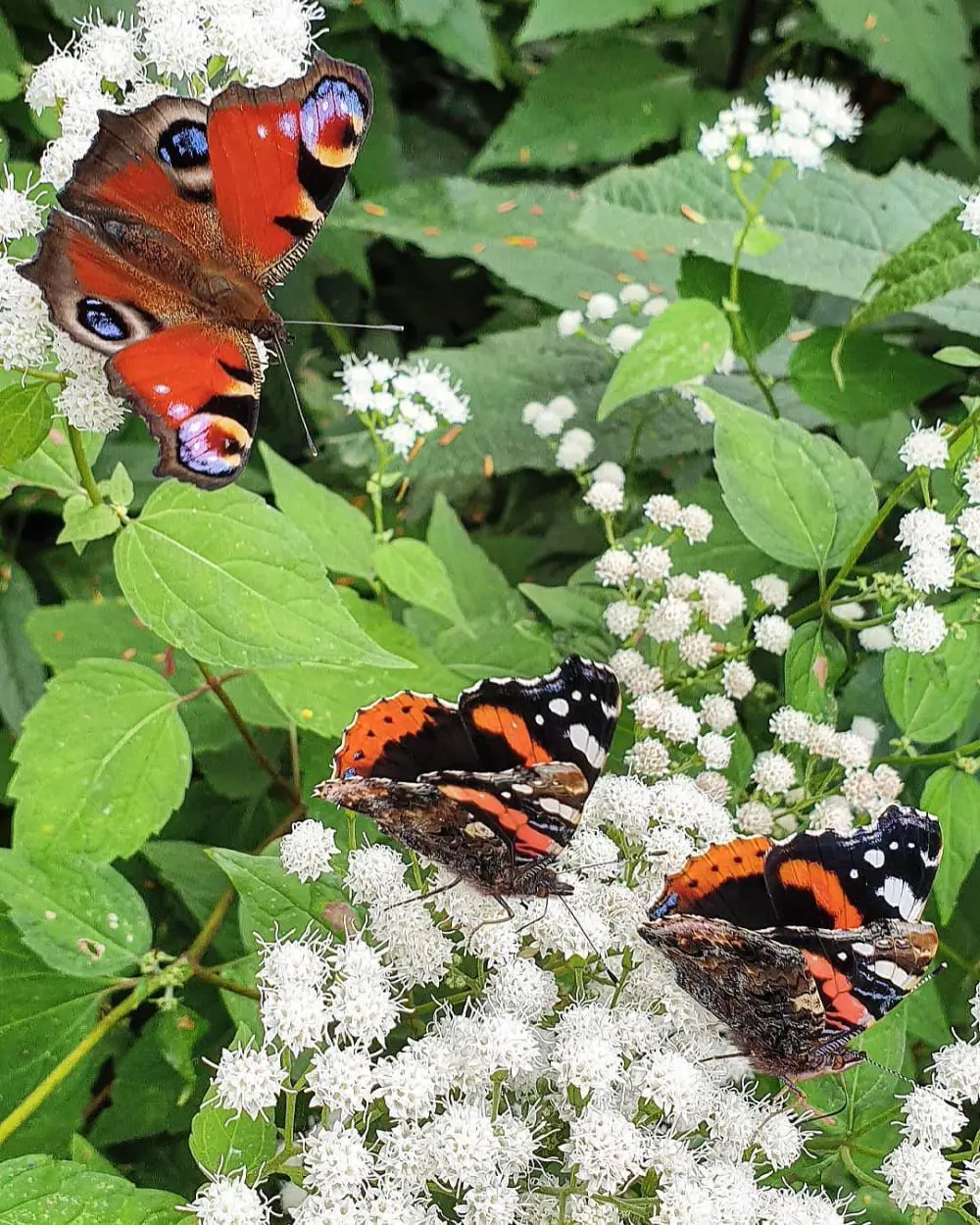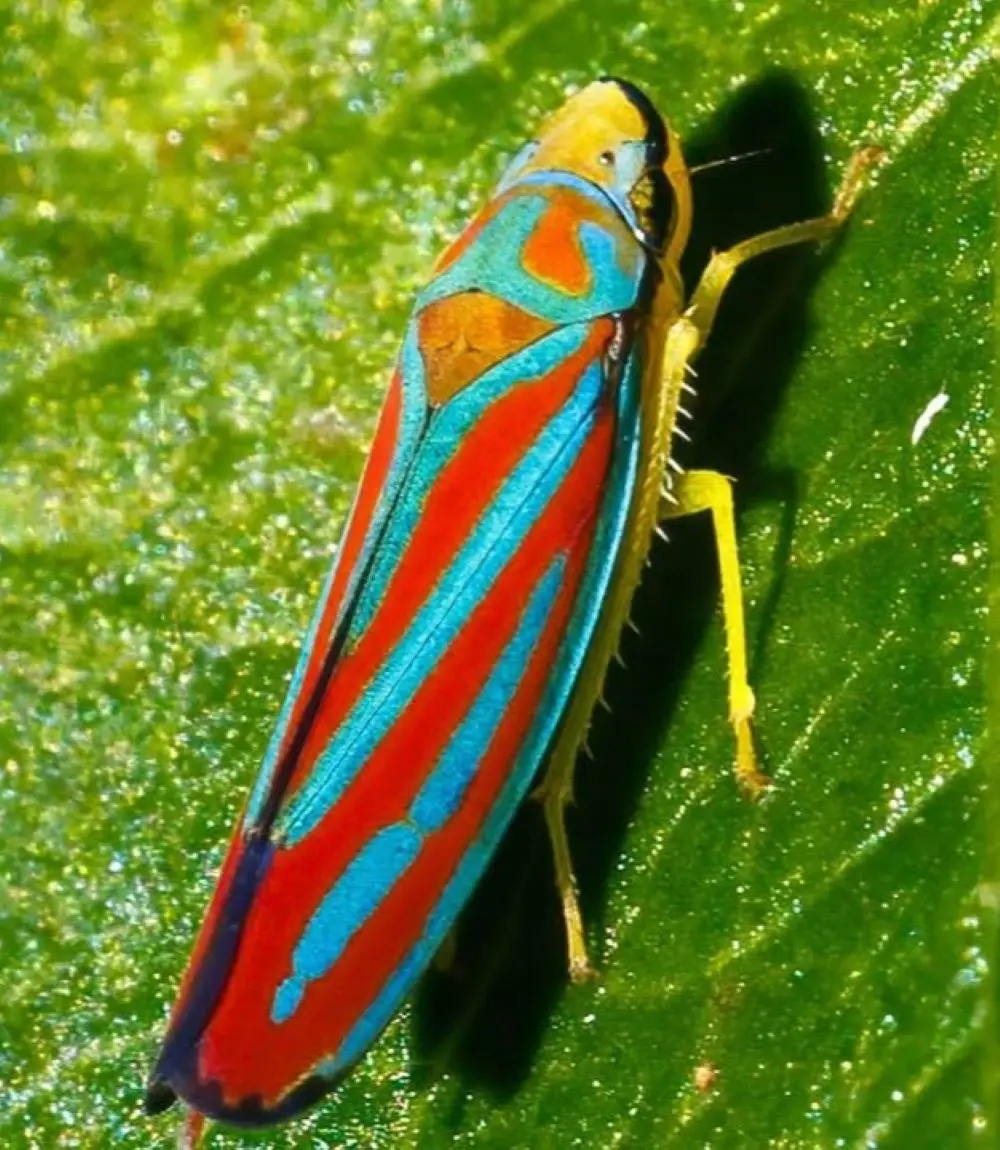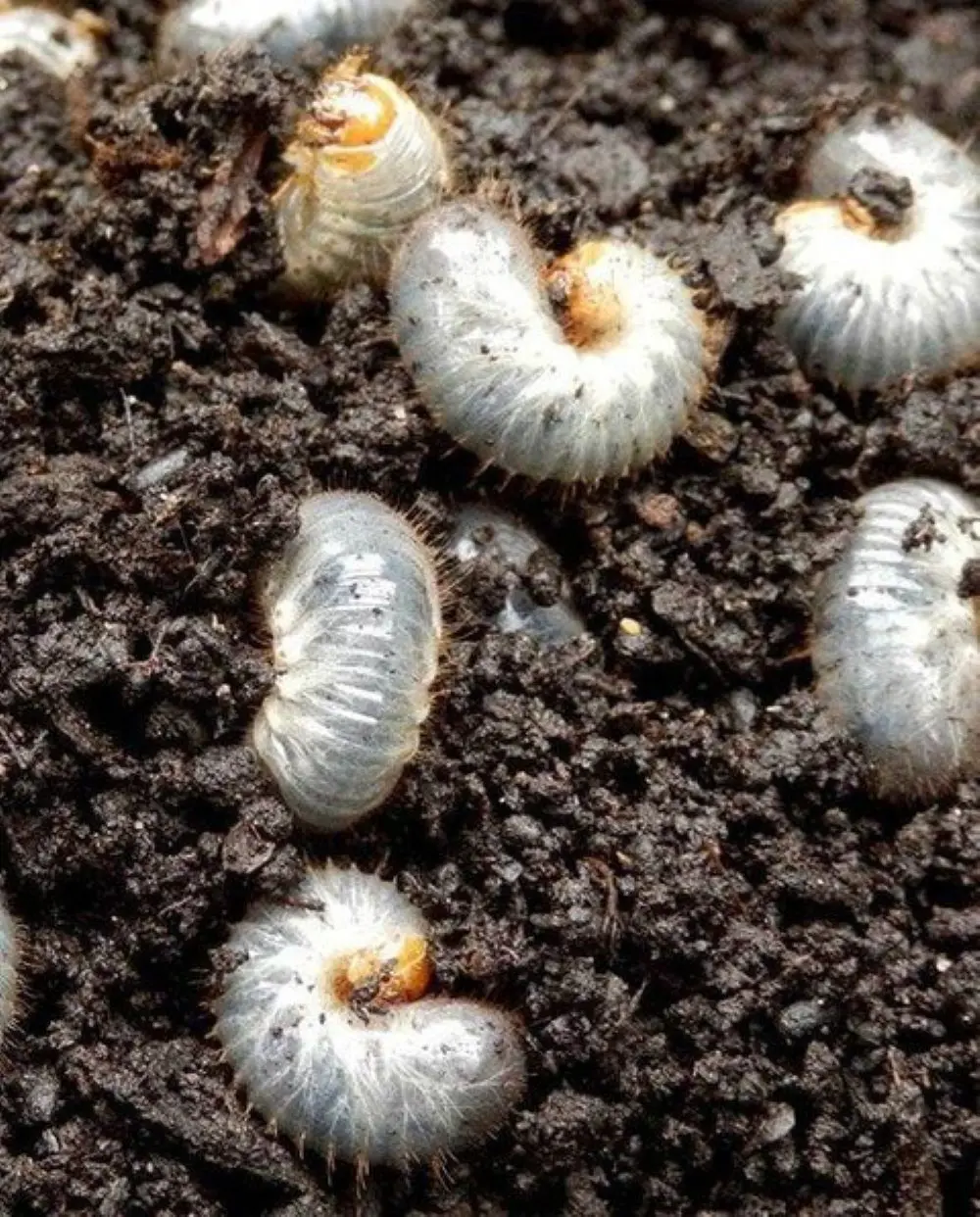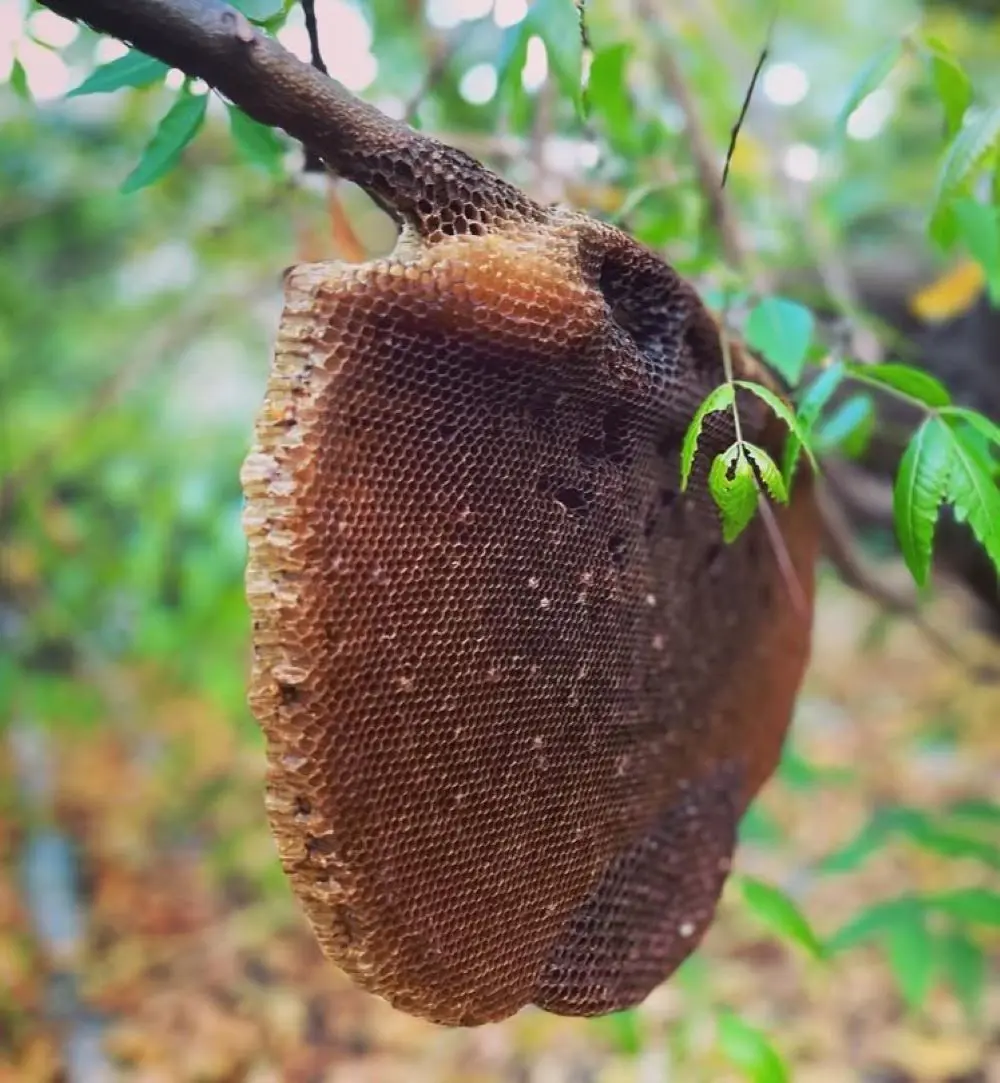Signs of Bed Bug Infestation
1. Blood Stains on Your Sheets
If you've encountered small and rusty-colored spots similar to that of the blood on your bed sheets or pillowcases, these could be the early signs of bed bugs. The stains might have resulted from their bites.
You need to take a proper look at your mattresses and sheets, more particularly on their edges for any blood stains or marks that resemble the blood. Since they are more likely to bite you at night while are asleep, the bedsheet you use, to sleep at night is the one to look for.
2. Bite Marks on Your Skin
If you happen to wake up in the morning with a line or cluster of red, itchy welts on your skin but you were perfectly fine before you got into the bed, you are more likely to have been the victim of bed bugs.
Since bed bugs are nocturnal they like to bite you at night while you're in a deep sleep. They are found to bite you multiple times in a row mostly on your exposed skin such as the face, neck, arms, and legs. It is safe to say that the bed bugs are your bloodhunters.
3. Molted Skins and Exoskeletons
The molting process can also be referred to as the process of skin shedding. Like other insects, bed bugs have their skeleton on their outer portion (exoskeleton), this needs to be shed for them to grow further and move into the new stage of their life cycle.
The molted skins look very similar to that of the bed bug itself having the same shape with a semi-transparent nature. Actually, they are empty shells often found near their hiding places such as crevices of furniture and walls, alongside or behind your bed panels. If you ever find these molted skins around your home, you should know bed bugs are already established.
4. Bed Bug Feces
You mightn't want to know it but the tiny black spots about the size of the tip of a pen around your house walls, on your bed sheets, and mattresses are in fact, the feces of the bed bugs. The bed bugs are found to excrete digested blood and leave such small, dark spots behind.
If the bed bugs are already in your home, well-settled and feeding, these fecal spots will be more common around your house wall, on the crevices of your room, bed frames, and mattresses.
5. Bed Bug Eggs
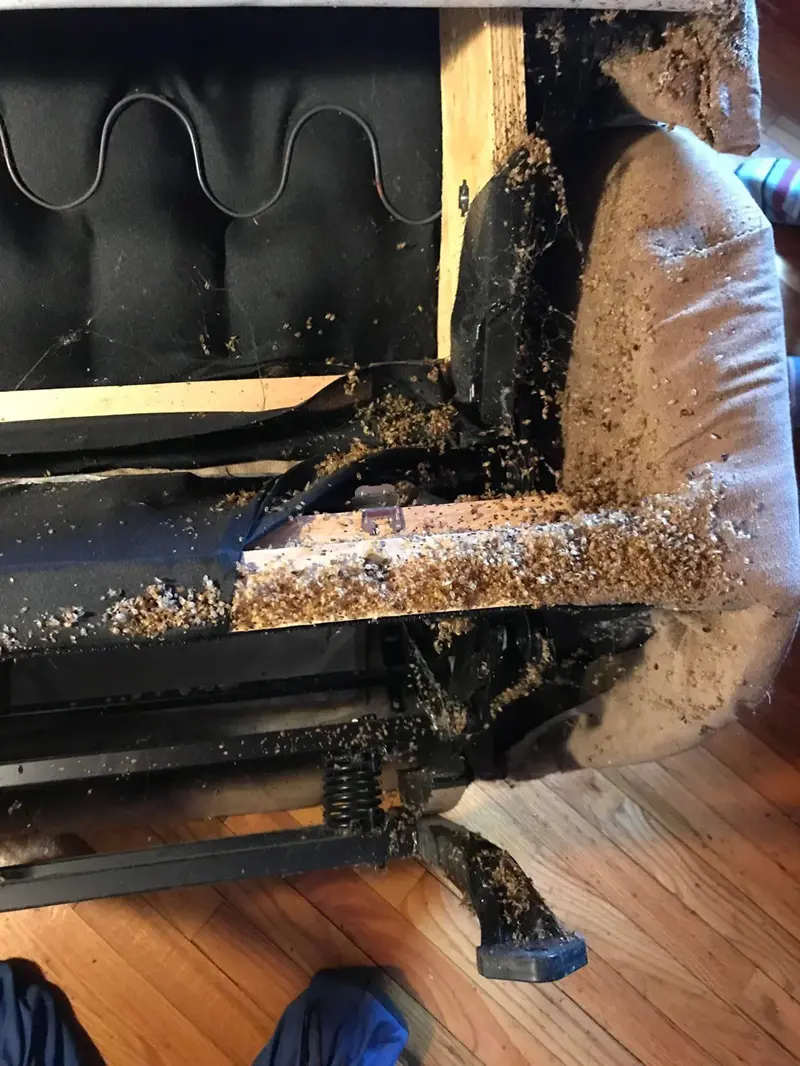
The eggs of the bed bug are white or semi-transparent being very tiny about 1mm in size with an oval shape. These eggs are almost invisible and it would be very hard to detect them with your naked eyes.
If you spot something that looks like a grain of rice or white specks safely hidden in places like the fabric of your furniture or on the depth of your mattresses, they are more likely to be the tiny eggs of the bed bug.
6. Musty Odor
If the bed bugs have started to multiply their population and are present in a larger number in and around your house or closed rooms, they are likely to give some sort of unpleasant smell with a musty odor. The smell is defined as musty or damp with a touch of sweetness, but it is not entirely welcoming.
If your nose catches this kind of smell or odor around your house, there's a high possibility your place has been invaded by the notorious bed bugs. Make sure to check your surroundings right away!
7. Allergic Reactions
Bed bug bites often cause rashes on the skin with swelling and itching. Some people have been reported to even have difficulty breathing. This might be the result of allergic reactions.
If any individual in your house or living with you suddenly starts to experience these reactions in their body, your first suspect should be the bed bugs. They are the initiator of these unfavorable situations in your house or surroundings.
